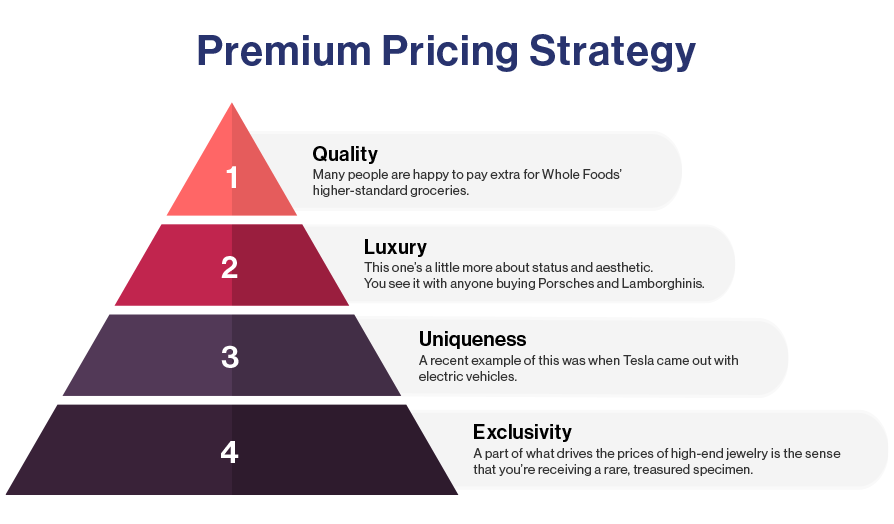So, you’ve decided to join the world of commercial real estate and are now faced with the daunting task of pricing your property. Don’t worry, we’ve got you covered.
Effective pricing strategies can make all the difference in attracting potential buyers and maximizing your sales proceeds. But where do you start?
In this discussion, we will explore the key elements that contribute to successful pricing strategies for commercial properties. From market analysis and research to evaluating property features and amenities, we’ll dive into the world of commercial real estate pricing to help you navigate this complex landscape.
Stay tuned to discover the secrets behind setting the right price and unlocking the full potential of your commercial property.
Market Analysis and Research
To effectively navigate the competitive landscape of commercial real estate sales, it’s imperative that you possess a deep understanding of market conditions through comprehensive market analysis and research. Pricing strategies for commercial properties rely heavily on accurate and up-to-date information about the market.
By conducting thorough market analysis, you can identify key trends, assess local economic indicators, and determine the value of commercial properties in a specific area. Market analysis involves gathering data on various factors that influence the real estate market, such as supply and demand, rental rates, vacancy rates, and recent sales transactions. This information allows you to assess the current market conditions and make informed decisions about pricing strategies.
By understanding the market dynamics, you can strategically price your commercial property to attract potential buyers or tenants while maximizing its value. Furthermore, market research helps you stay informed about global events and their potential impact on the real estate market. Economic shifts, political changes, and industry trends can all influence the demand for commercial properties, affecting their value and pricing strategies.
Evaluating Property Features and Amenities
When evaluating property features and amenities, it’s crucial to assess their impact on the property’s value and appeal, considering factors such as location, accessibility, and commercial building amenities. These elements play a significant role in determining the fair market value of a commercial property.
To determine the value of your property, it’s essential to research market conditions and economic indicators to understand the current demand and competitive pricing.
One key factor to consider is the property’s unique selling points. These could include a prime location in a high-demand area, easy accessibility to transportation hubs, or exceptional building amenities such as parking facilities, fitness centers, or conference rooms. These features can significantly enhance the value and appeal of your property.
To accurately determine the fair market value, it’s crucial to research similar properties in the market. Comparing your property with others can provide valuable insights into the relative value of its features and amenities. Look for properties that have recently sold or are currently on the market and have similar characteristics. This information will help you justify the asking price to potential buyers and provide a competitive edge in the market.
When marketing your property, it’s important to highlight its standout features and amenities. Showcase these elements in your marketing materials and during property showings to attract potential buyers. Clearly explaining how specific features and amenities contribute to the property’s overall desirability can help justify the asking price and increase market demand.
Understanding Tenant Needs and Demands
Understanding tenant needs and demands is crucial for developing effective pricing strategies that align with the specific demands of the target tenant market. By tailoring pricing based on tenant requirements, you can increase tenant retention rates and ultimately maximize the value of your commercial property.
Here are five key reasons why understanding tenant needs is essential for successful pricing strategies in commercial real estate:
- Increased tenant retention: When you understand what your tenants value, you can offer them attractive pricing packages that meet their needs. This can result in higher tenant retention rates, reducing turnover costs and ensuring a steady income stream.
- Enhanced property value: By effectively meeting tenant needs through pricing, you can make your commercial property more attractive to potential buyers or investors. This can lead to increased property value and higher returns on investment.
- Aligned pricing strategies: Understanding tenant needs allows you to set prices that are in line with market demand. This ensures that your pricing strategies are competitive and appealing to potential tenants, giving you an edge over your competitors.
- Justifying premium pricing: By researching and analyzing tenant preferences, you can identify value-added services that can justify premium pricing. This could include amenities, services, or unique features that cater to specific tenant needs and create a sense of exclusivity.
- Strategic approach to pricing: By understanding tenant needs and demands, you can take a more strategic approach to pricing. This involves considering factors such as location, market trends, and tenant expectations to set prices that reflect the true value of your commercial property.
Competitive Pricing Strategies
For a competitive edge in the commercial real estate market, implementing effective pricing strategies is paramount. When it comes to setting a price for your commercial property, there are several strategies to choose from. By tailoring your pricing strategy to align with market trends and the value of your commercial property, you can increase demand and ultimately see an increase in property value.
One effective pricing strategy is to research your competitors’ prices and set your pricing accordingly. This allows you to stay competitive in the market while also ensuring that you aren’t undercutting your competitors without considering unique business factors. By understanding the pricing models of your competitors, you can strategically position your property to attract potential tenants or buyers.
Another effective strategy is to bundle multiple services together and offer them at a lower combined price. This encourages customers to buy more services from you, increasing your revenue. Additionally, offering different levels of service or packages at varying prices, such as a good, better, best pricing model, allows customers to choose what suits their needs and budget.
When determining your pricing strategy, it’s important to consider overhead costs, your business goals, the types of services you offer, and market demand. Analyzing these factors will help you set a competitive price that aligns with the value you provide.
Maximizing Profitability and Rental Income
To maximize profitability and rental income, it’s crucial to implement strategic pricing strategies that align with market trends and the value of your commercial property. By carefully considering the following factors, you can make informed decisions that will help you achieve your financial goals:
- Set a competitive price: In order to attract more interest and competition, it’s important to set a price that allows for meaningful comparison with similar properties in the market. This will increase the chances of potential buyers showing interest and making offers.
- Utilize market knowledge: Take advantage of your understanding of the market by analyzing factors such as location, property type, and improvements. This will allow you to tailor your pricing strategies to the specific characteristics of your property, maximizing its value and attracting potential buyers.
- Offer different levels of service: Consider implementing good, better, best pricing strategies by offering different levels of service or packages at varying prices. This can help you maximize profitability and rental income by providing options that cater to different customer needs and budgets.
- Bundle pricing: Encourage customers to purchase more services by offering bundle pricing. This strategy involves combining multiple services or products at a discounted price, incentivizing customers to spend more and increasing your rental income.
- Focus on overhead costs and market demand: To determine effective pricing strategies, it’s important to consider overhead costs, your business goals, and market demand and competition. By carefully analyzing these factors, you can set the right price that maximizes profitability while also attracting potential buyers.
Conclusion
In conclusion, effective pricing strategies for commercial properties require a thorough market analysis, evaluation of property features and amenities, and understanding tenant needs and demands. Implementing competitive pricing strategies is also crucial.
By maximizing profitability and rental income, sellers can attract potential buyers and maximize sales proceeds. Remember, in the ever-changing commercial real estate market, adaptability and utilizing agent resources are key to success.
So, don’t be afraid to think outside the box and seize opportunities to stand out from the competition.

